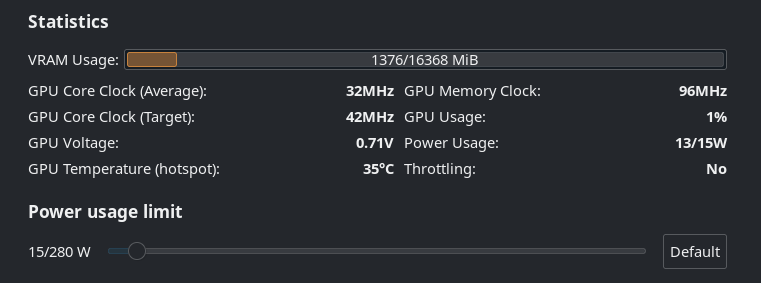Because:
The DistroWatch Page Hit Ranking statistics are a light-hearted way of measuring the popularity of Linux distributions and other free operating systems among the visitors of this website. They correlate neither to usage nor to quality and should not be used to measure the market share of distributions. They simply show the number of times a distribution page on DistroWatch was accessed each day, nothing more.
So people see it on the list and click on it wondering "what the heck is this MX Linux thing". And that boosts the ranking. And now that it's at the top, it attracts more curious clicks, thus it continues to remain on top.










You can already run Linux apps using Termux and Termux-X11, and I'd say the performance would be better than this demo, because this is running in a virtual machine and uses it's own kernel, whereas with Termux you're running your apps directly on top of the Android Linux kernel. Also, you don't have the overhead of running ChromeOS on top of Android.